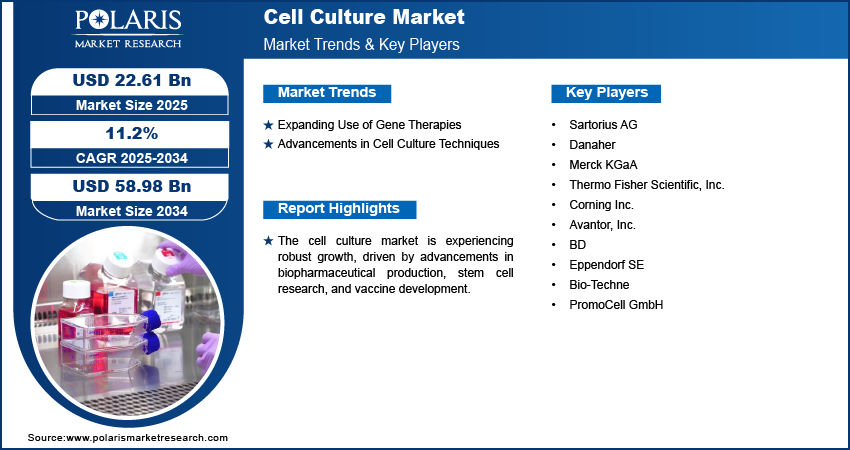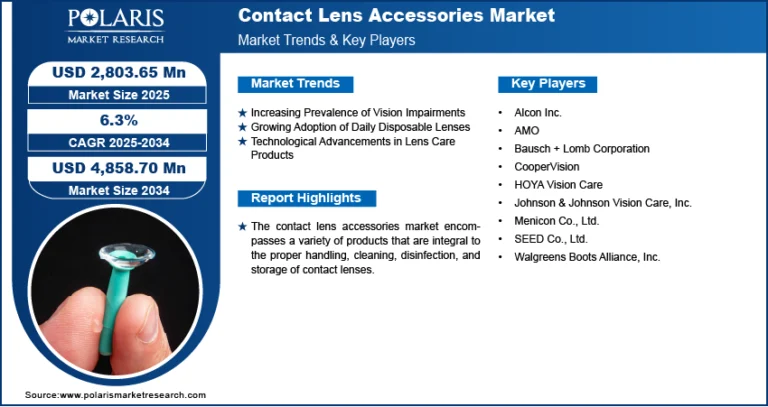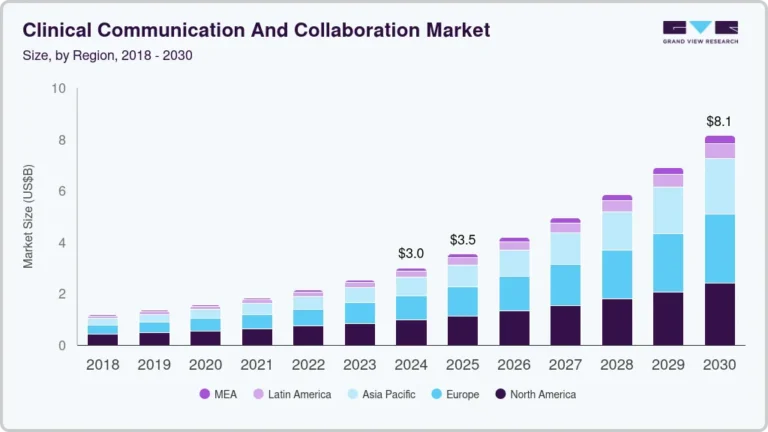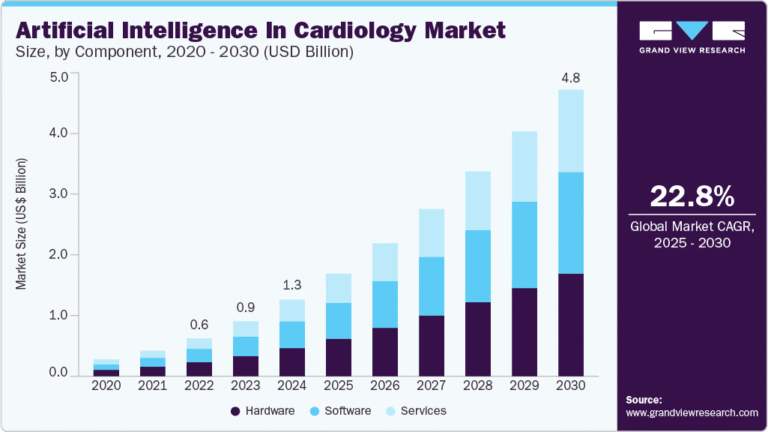Global Cell Culture Market Poised for Robust Growth Driven by Biotech Innovation and Demand for Advanced Therapies

The global Cell Culture Market is set for significant expansion as biopharmaceutical development, regenerative medicine, and personalized healthcare continue to evolve. Rising demand for biologics, advanced research in stem cell therapy, and technological advancements in culture systems are fueling growth. The global cell culture market size is expected to reach USD 58.98 billion by 2034, according to a new study by Polaris Market Research.
Market Overview
Cell culture—the controlled growth of cells outside their natural environment—is a foundational technology in life sciences. It is widely used for drug discovery, vaccine production, cancer research, and tissue engineering. As healthcare shifts toward personalized medicine and next-generation therapies, the need for scalable, reproducible, and cost-effective cell culture solutions continues to surge. Technological innovations such as single-use bioreactors, serum-free media, and 3D cell culture systems are reshaping the landscape, offering new possibilities for research and therapeutic manufacturing.
Market Segmentation
The cell culture market segmentation includes product type, application, and end-user categories. By product, the market is divided into consumables and equipment:
-
Consumables: Includes culture media, sera, reagents, and supplements. This segment holds the largest share due to frequent usage in every experiment and process.
-
Equipment: Comprises bioreactors, incubators, centrifuges, and cryopreservation systems. The adoption of automated and single-use equipment is gaining momentum to improve efficiency and reduce contamination risks.
By application, the market is segmented into biopharmaceutical production, drug development, cancer research, gene therapy, and regenerative medicine. Biopharmaceutical production remains the dominant segment due to increasing monoclonal antibody and vaccine development. However, regenerative medicine and stem cell research are witnessing the fastest growth due to rising demand for cell-based therapies.
End users include pharmaceutical & biotechnology companies, academic & research institutes, and hospitals & diagnostic labs. Biotech companies lead in terms of adoption, while academic institutions continue to invest in basic and translational cell biology research.
Regional Analysis
Regionally, North America dominates the cell culture market, supported by strong infrastructure, robust funding for research, and a high concentration of leading biotech firms. The United States remains a hub for biologics manufacturing and clinical research trials. Europe follows closely with steady growth driven by government-backed healthcare programs and advancements in cell-based therapies.
The Asia-Pacific region is expected to witness the highest growth rate during the forecast period. Countries like China, India, South Korea, and Japan are experiencing increased investment in biotechnology, growth in contract research organizations (CROs), and a rising demand for biosimilars and regenerative medicine. Meanwhile, Latin America and the Middle East & Africa present emerging opportunities as life sciences infrastructure continues to develop.
𝐄𝐱𝐩𝐥𝐨𝐫𝐞 𝐓𝐡𝐞 𝐂𝐨𝐦𝐩𝐥𝐞𝐭𝐞 𝐂𝐨𝐦𝐩𝐫𝐞𝐡𝐞𝐧𝐬𝐢𝐯𝐞 𝐑𝐞𝐩𝐨𝐫𝐭 𝐇𝐞𝐫𝐞: https://www.polarismarketresearch.com/industry-analysis/cell-culture-market
Key Companies
Major players in the global cell culture market are investing heavily in R&D and strategic partnerships to expand their portfolios. Leading companies include:
-
Thermo Fisher Scientific Inc.
-
Merck KGaA
-
Sartorius AG
-
Corning Incorporated
-
Danaher Corporation
-
Lonza Group
-
Eppendorf SE
These companies are focusing on innovation in chemically defined media, automated culture systems, and 3D cell culture technologies to enhance productivity and quality in cell-based research and production.
Conclusion
The global cell culture industry is on an upward trajectory, driven by rising demand for biologics, personalized treatment approaches, and technological advancements. As the industry matures, the integration of AI, automation, and smart biomanufacturing platforms will further streamline workflows, opening new possibilities for drug development and precision medicine.






